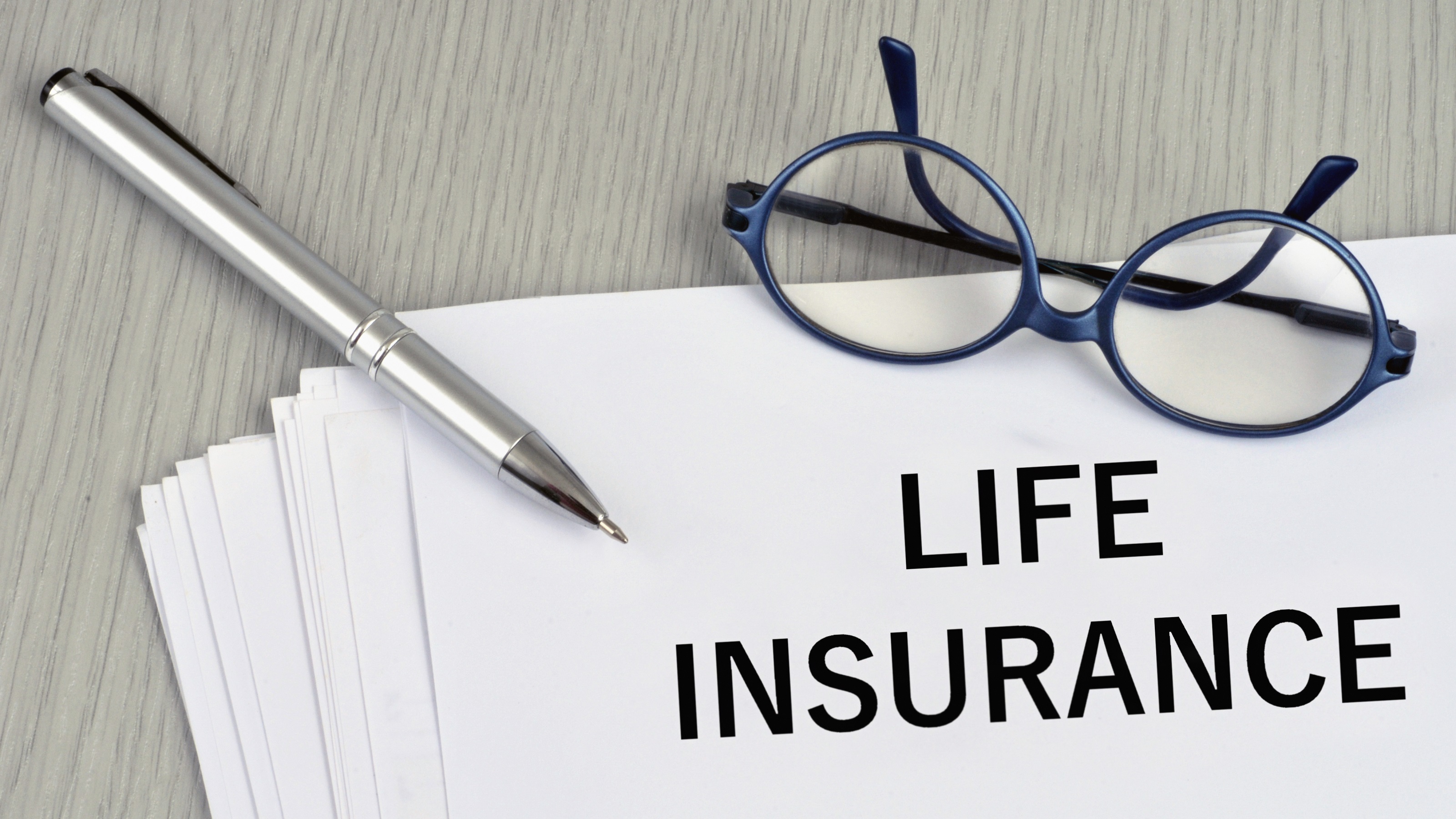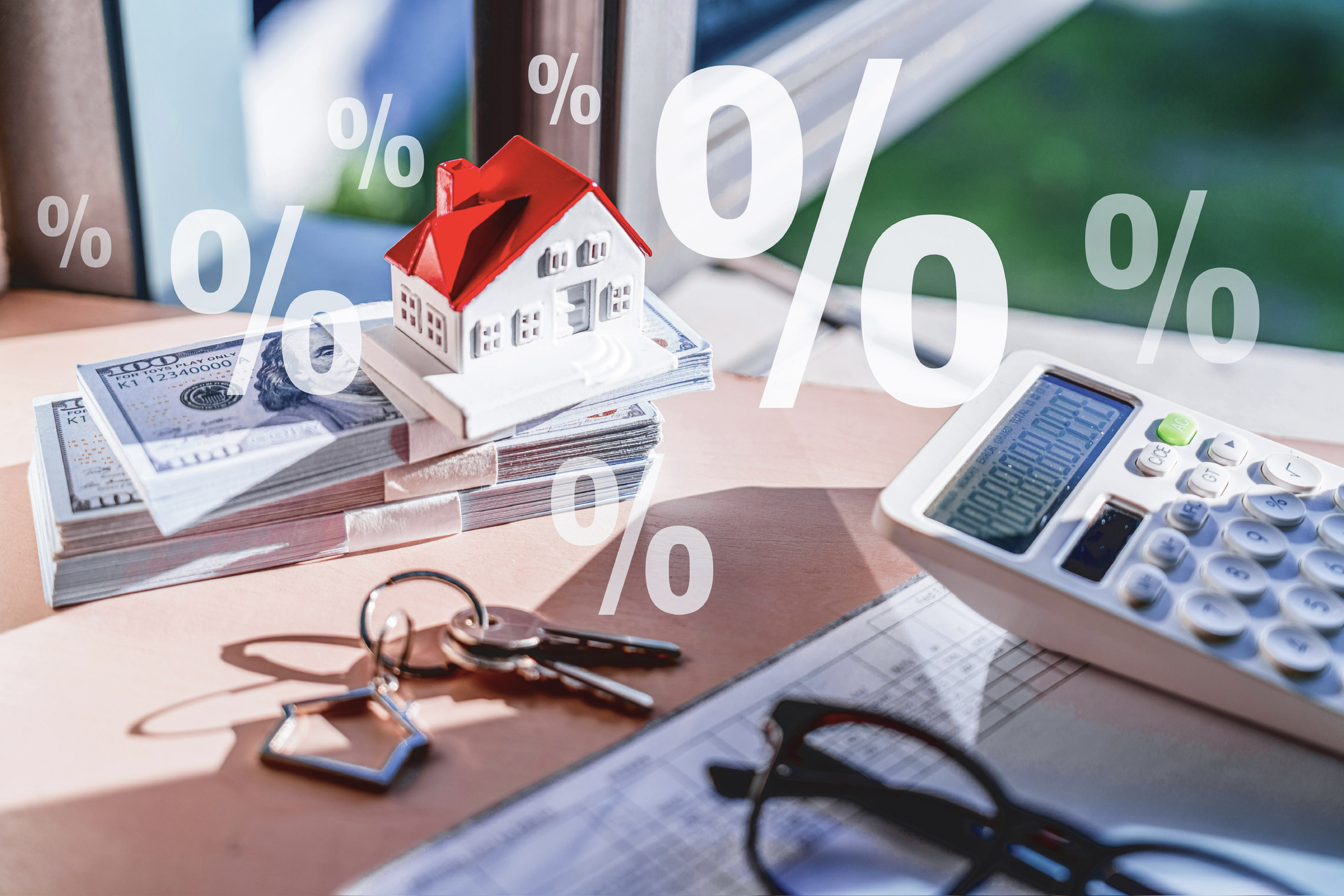How Much Would a Gasoline Tax Increase Cost You?
More-efficient cars and crumbling infrastructure have run the Highway Trust Fund dry. A steep increase to the gas tax is one possibility to fill it again.

Congress is considering a 12-cents-a-gallon increase in the federal gasoline tax. Our new calculator will show you how that would affect your family budget . . . and how much you’d need to boost your fuel efficiency to beat the taxman at his own game.
History: The Federal Gas Tax Across the Years
As the dog days of summer engulf the nation and tens of millions of vacationing Americans hit the highways, gasoline prices—and traffic-jam-fueled tempers—are simmering at near-record levels. Is this any time to talk about deliberately raising the price of petrol? What if the extra money were earmarked for better, safer roads and bridges?
Those two questions go to the heart of a proposal by a bipartisan pair of U.S. senators—Bob Corker (R-TN) and Chris Murphy (D-CT)—to boost the federal gasoline tax by six cents a gallon in each of the next two years and then automatically increase the rate each year to keep up with inflation. The combined 12-cents-a-gallon hike would be the first increase in the 18.4-cents-a-gallon tax since 1993. (Corker and Murphy would impose the same two-step, 12-cents-a-gallon hike on the tax that applies to diesel fuel, pushing it from the current 24.4 cents a gallon to 36.4 cents.)
From just $107.88 $24.99 for Kiplinger Personal Finance
Become a smarter, better informed investor. Subscribe from just $107.88 $24.99, plus get up to 4 Special Issues

Sign up for Kiplinger’s Free Newsletters
Profit and prosper with the best of expert advice on investing, taxes, retirement, personal finance and more - straight to your e-mail.
Profit and prosper with the best of expert advice - straight to your e-mail.
The proposed tax hike would cost drivers an estimated $164 billion over the next 10 years. But how much would it cost you?
The answer, of course, depends on how much you drive and the fuel efficiency of the vehicles you use. We’ve created a new calculator to instantly show how much the proposed increase in the gasoline and diesel tax would cost you. And we’ll show you how much you’d need to increase your fuel economy to beat the tax hike, based on current fuel prices.
For someone who drives 12,000 miles a year in an auto that averages 25 miles per gallon, for example, paying an extra 12 cents a gallon would add $57.60 to the annual fuel bill. Assuming gasoline costs $3.75 a gallon, you could offset that extra cost by changing your driving habits or your vehicle to get an extra eight-tenths of a mile per gallon (25.8 mpg). Our calculator lets you input your actual annual mileage, your vehicle’s mpg and the current price of gasoline or diesel fuel. (The calculator measures only the direct hit on your pocketbook; other costs, such as likely increases in the cost of food due to higher transportation costs, are not included.)
Of course, the federal levy is not the only tax on motor fuel. All the states and the District of Columbia extract their toll, too, ranging from 12.4 cents a gallon in Alaska to 52.9 cents a gallon in California. Our interactive map shows how these state taxes vary across the country.
Running on empty
The idea of hiking the federal tax has come to the fore because the federal Highway Trust Fund—which uses gasoline tax revenue to fund more than half of the country’s spending on transportation projects – is about to run dry. Not only are rising costs of maintaining an aging infrastructure increasing pressure on the Trust Fund, but more fuel-efficient vehicles—including hybrids and electric cars—are putting the brakes on gasoline purchases and the tax revenue they generate. Congress is unlikely to act on a gasoline tax increase this year. Instead, lawmakers are scrambling to put together a short-term solution to insure that thousands of construction projects around the country don’t grind to a halt. But the proposed hike in the gas tax will remain on the table as lawmakers work toward a long-term solution.
Between 1983 and 1993, the federal gasoline tax was increased three times. President Ronald Reagan signed a bill more than doubling the tax—from 4 cents to 9 cents a gallon—in 1983. His successor, George H.W. Bush, okayed pushing it from 9 cents a gallon to 14 cents a gallon in 1990. And Bill Clinton signed the most recent hike into law in 1993, pushing the rate from 14 cents to 18.4 cents a gallon. (For a brief history of the tax—which was first signed into law by President Herbert Hoover in 1932—click here.)
When the latest increase went into effect in October 1993, the average cost of gasoline was $1.09 a gallon, and the federal tax constituted 17% of the cost. (The price fell to 99 cents a gallon within three months.) With the average cost of gasoline now about $3.78 a gallon, the 18.4-cents-a-gallon levy represents just under 5% of the total.
Yea or nay?
[EMBED TYPE=POLL ID=34714]
Do you support increasing the federal tax on fuel? There is widespread opposition in Washington to any kind of tax increase. But AAA, formerly known as the American Automobile Association, endorses the Croker/Murphy proposal and says a survey it conducted found that 52% of respondents said they were willing to pay higher taxes to finance better roads and bridges. Where do you stand?
Profit and prosper with the best of Kiplinger's advice on investing, taxes, retirement, personal finance and much more. Delivered daily. Enter your email in the box and click Sign Me Up.

-
 The Retirement Donor's Checklist: Key Deadlines by Gift Type
The Retirement Donor's Checklist: Key Deadlines by Gift TypeRetirees have some charitable contribution options that can help avoid spikes in income from RMDS and capital gains.
-
 Cooler Inflation Supports a Relief Rally: Stock Market Today
Cooler Inflation Supports a Relief Rally: Stock Market TodayInvestors, traders and speculators welcome much-better-than-hoped-for core CPI data on top of optimism-renewing AI earnings.
-
 Are T-Mobile's Prepaid Perks a Home Run or a Strikeout?
Are T-Mobile's Prepaid Perks a Home Run or a Strikeout?T-Mobile's prepaid lineup promises MLB.TV, T-Mobile Tuesdays and hotspot data. But do the perks make it worth switching?
-
 Amazon Resale: Where Amazon Prime Returns Become Your Online Bargains
Amazon Resale: Where Amazon Prime Returns Become Your Online BargainsFeature Amazon Resale products may have some imperfections, but that often leads to wildly discounted prices.
-
 Roth IRA Contribution Limits for 2026
Roth IRA Contribution Limits for 2026Roth IRAs Roth IRAs allow you to save for retirement with after-tax dollars while you're working, and then withdraw those contributions and earnings tax-free when you retire. Here's a look at 2026 limits and income-based phaseouts.
-
 Four Tips for Renting Out Your Home on Airbnb
Four Tips for Renting Out Your Home on Airbnbreal estate Here's what you should know before listing your home on Airbnb.
-
 Five Ways to a Cheap Last-Minute Vacation
Five Ways to a Cheap Last-Minute VacationTravel It is possible to pull off a cheap last-minute vacation. Here are some tips to make it happen.
-
 How Much Life Insurance Do You Need?
How Much Life Insurance Do You Need?insurance When assessing how much life insurance you need, take a systematic approach instead of relying on rules of thumb.
-
 When Does Amazon Prime Day End in October? Everything We Know, Plus the Best Deals on Samsonite, Samsung and More
When Does Amazon Prime Day End in October? Everything We Know, Plus the Best Deals on Samsonite, Samsung and MoreAmazon Prime The Amazon Prime Big Deal Days sale ends soon. Here are the key details you need to know, plus some of our favorite deals members can shop before it's over.
-
 How to Shop for Life Insurance in 3 Easy Steps
How to Shop for Life Insurance in 3 Easy Stepsinsurance Shopping for life insurance? You may be able to estimate how much you need online, but that's just the start of your search.
-
 Five Ways to Shop for a Low Mortgage Rate
Five Ways to Shop for a Low Mortgage RateBecoming a Homeowner Mortgage rates are high this year, but you can still find an affordable loan with these tips.